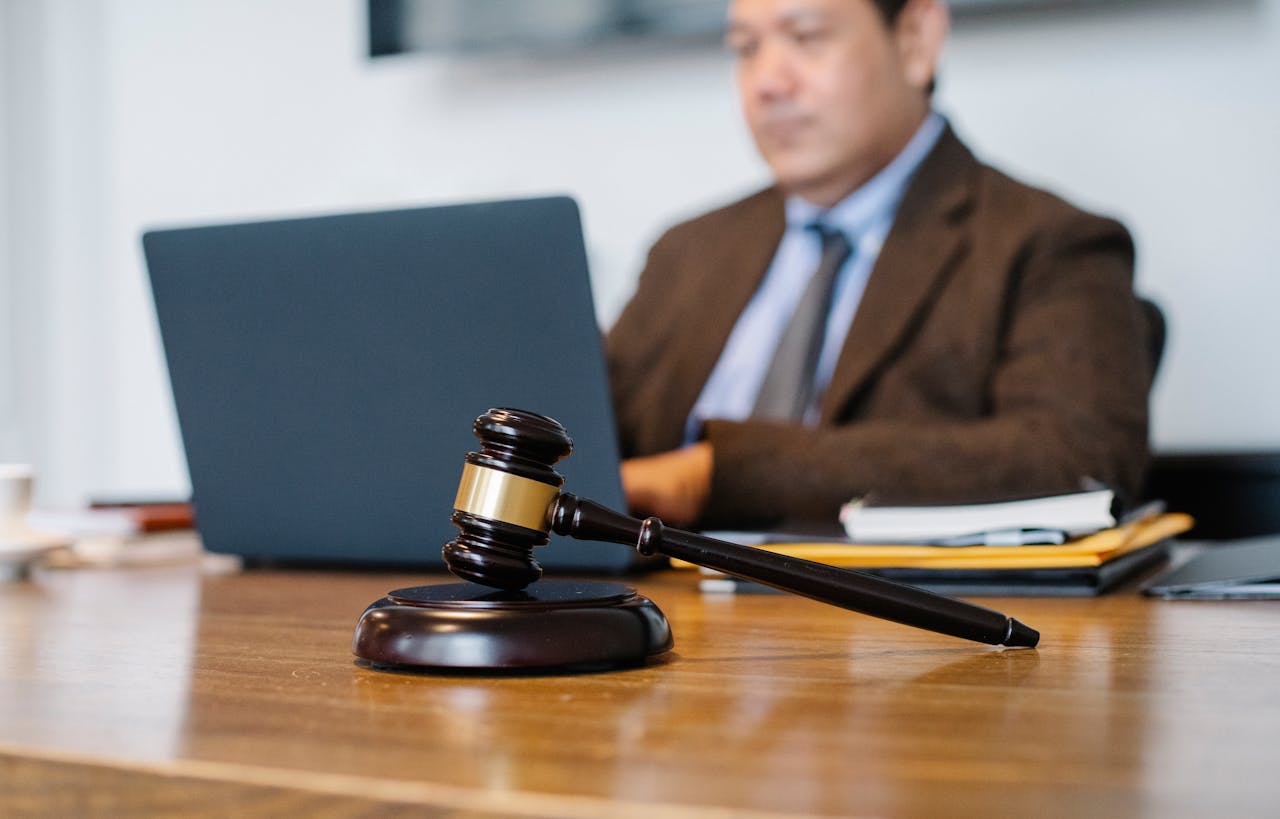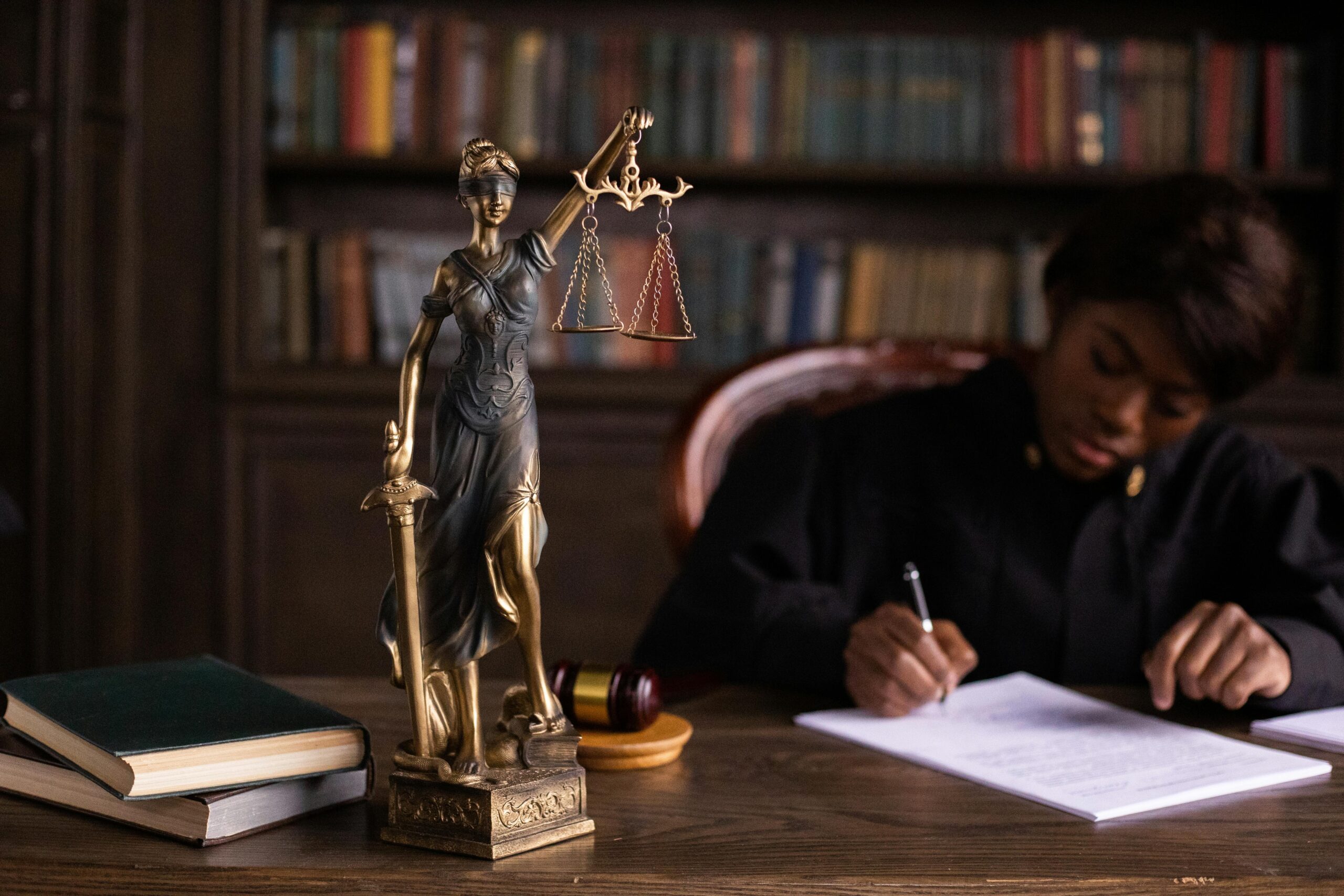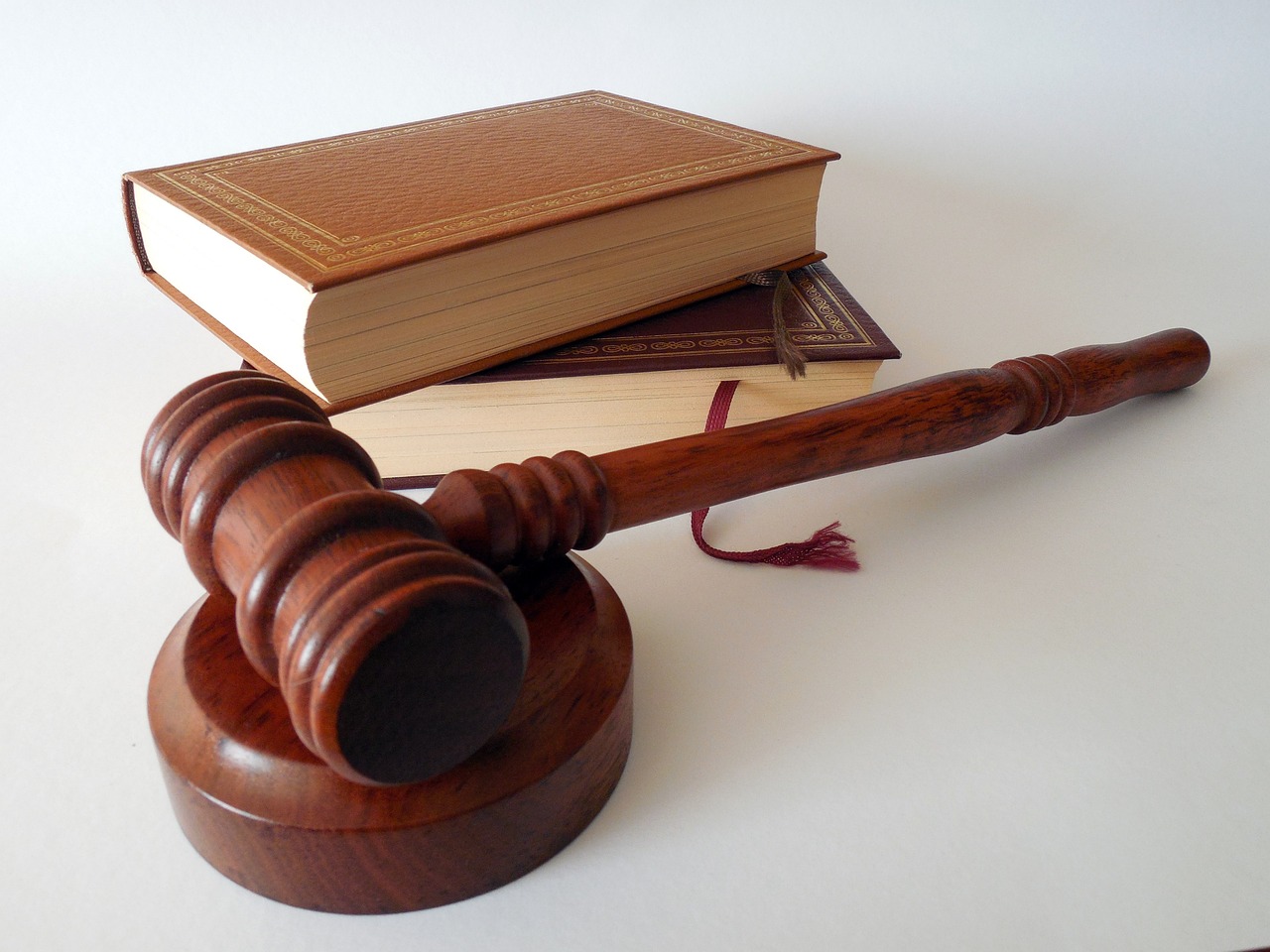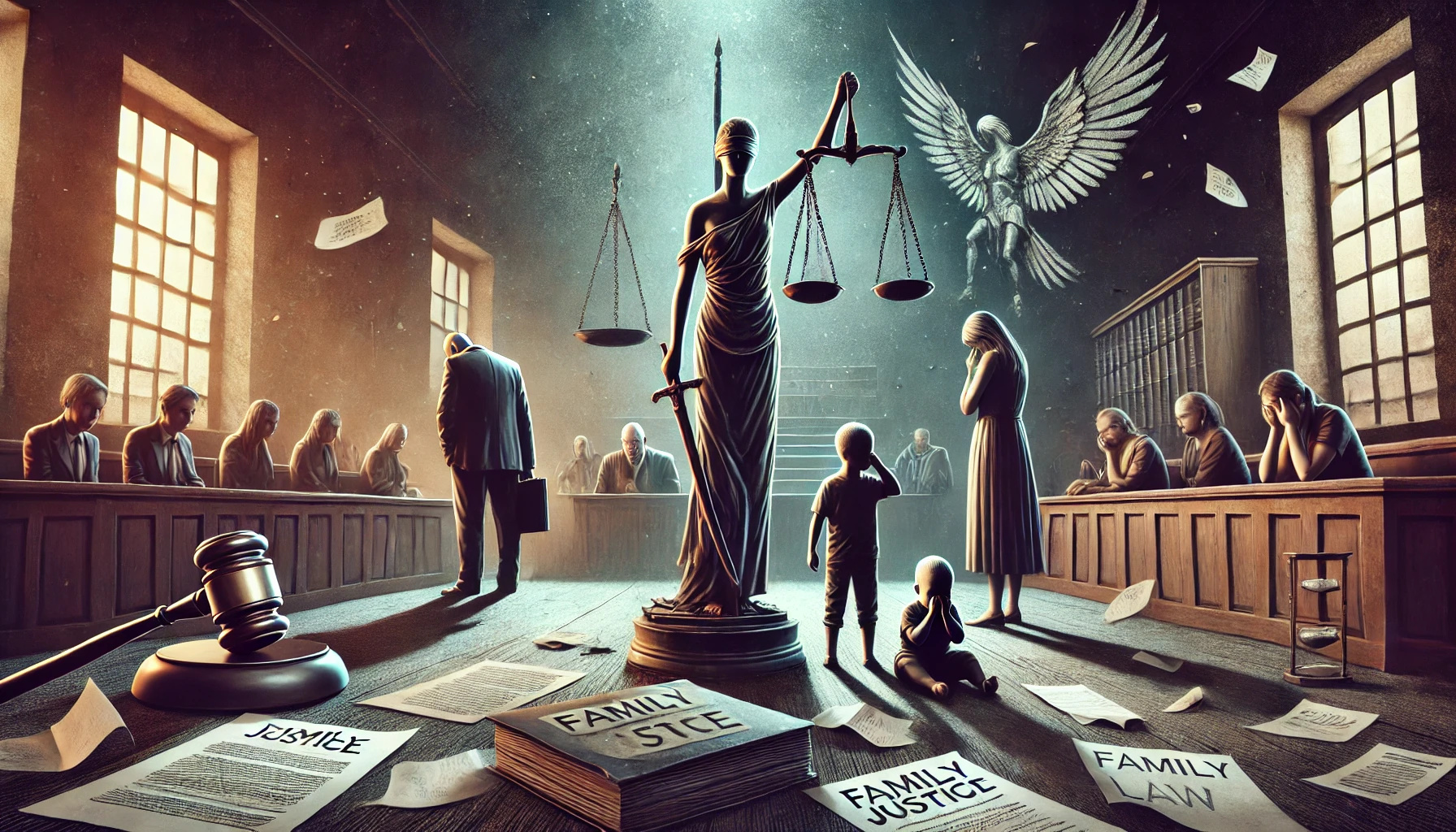Published On: 12 Sep, 2024
Authored By: Vidhi Thadeshwar
Mumbai University
ABSTRACT:
This is a serious issue in digital piracy and infringement on the copyright of movies, music, software to games problem that affects almost every sphere of human life. Here we will discuss how each of these hindrances affects digital content. It will be delving deeply into all the consequences from piracy, including how it affects creators of software to businesses that cannot compete with their stolen products and even consumers.
INTRODUCTION:
Digital piracy is the illegal use or unfold of digital content, including software program programs in addition to protected material from track, movies and books. Taking one digital product without its due payment, breaking copyright. This can happen when people download or stream from unauthorized websites, or have permission before they share files. Digital piracy has legal consequences that carry monetary fines or, in extreme cases, jail time and it takes a significant toll on the artists who create content meant to be bought instead of downloaded without permission. This undercuts the money that artists, software makers and other creators make from all their work — Listen thinking it says only about them. As technology progresses, digital piracy also changes further creating new problems with the enforcement of law and protection over intellectual property rights.
The methods of protecting content owners and discourage unauthorized sharing or usage are known as copyright enforcement. Many solutions have been created to combat online infringements and the issues brought with digital piracy. Including legal, technological and educational measures to prevent infringement; promote legal alternatives, respect for Copyright Laws & Ethics in the Digital Environment. Regarding legal means to enforce copyright.
Digital piracy is the illegal copying, sharing or utilization of digital material such as software, movies, music, e-books, and games. It includes the unlawful access to copyrighted information via file sharing sites, torrent networks, and other unauthorized streaming services made possible by information technology. It prevents software developers or device manufacturers from earning revenue from their innovations and is a violation of intellectual property law. Legal framework, policing, and administrative actions used to protect the rights of content creators and limit access to copyrighted information are known as copyright. The goal of copyright is to safeguard intellectual property, support cultural media industries by assisting musicians and artists, encourage work by allowing lawful copying of protected information, and deter unauthorized use of original works or products. This includes initiatives like prosecution of unlawful infringing parties, technological aid, such as DRM, education, industry cooperation, and international cooperation to prevent piracy across countries alive. Regarding online infringement: these might include online IP holding including digital piracy.
Key measures include:
- Economic analysis of Digital Piracy costs to content creators, industries and macroeconomic impact ·
- Exploring no the use of different business models (such as similar pay-per-view movie rentals, and subscription services), which may help to combat piracy
- Industry perspectives regarding strategies for enforcing copyright, as well as the difficulties and successes in each practice.
- Enforcement Tactics and Legal Action
- Studies of the effectiveness of legal measures (e.g., take-down notices, litigation) in discouraging online infringement
- Analysis of domain blocking and ISP cooperation to prevent piracy, also the efficiency these measurements had.
- Research on the place of law enforcement agencies and international co-operation in copyright Enforcement
- Consumer Behaviour and Digital Literacy
- Surveys and Studies on Consumer Attitudes, Behaviours (Digital Piracy) ·
- Study on the Efficacy of Digital Literacies Programs/EDU-CAMPS in Legal Content Consumption.
- Analysis of Availability, Pricing and Convenience as a Factor affecting the Choice among Legal/Pirated source.
- Global & Cross-border Issue
- Cross-border copyright infringement and legal jurisdiction research;
- Research on international cooperation frameworks (such as WIPO treaties) and their implications for the global harmonization of copyright enforcement.
- Analysis of new and future digital piracy trends, such as the dark web and fresh models for piracy (streaming piracy).
- Ethical and Legal Reflections:
- Ethical quandaries in copyright enforcement (e.g. user rights vs content protection measures).
- Broach the ethics on how anti-piracy tactics (that presumably target and are carried out against paying customers as much if not more than they’re aimed at real pirates) impact innocent customers’ privacy rights, to say nothing of whether or not one company ought be able to dictate what anyone else can see.
- Analysis of intermediary liability and how much “work” internet platforms should do to stop infringement online
FIGHTING THE SYNDROME OF DIGITAL PIRACY AND COPYRIGHT ENFORCEMENT
Digital Piracy and Copyright Enforcement Highlights
- Infrastructure: a digital rights management (DRM) package, watermarking technology or other form of encryption that is used to protect the content from unauthorized copying and distribution.
- Enforcement approaches: This refers to the initiatives undertaken by governments, police forces and industry bodies in order to detect track down and prosecute incidents of digital piracy (such as takedown requests) Shutting down infringing websites and requesting the help of ISPs to block access to them.
- Public awareness and information campaigns: Designed to raise public consciousness on the value of copyright laws, why they should be respected, and what is meant by not paying/digital use. Pirate Education° Etc (campuses, campaigns for new collection mechanisms)
- Collaboration between tenants and other foundations: With content creators, authorities and technology providers to create solutions that secure digital privacy. fighting content and piracy – Content detection systems, subscription-based streaming services paid by audience subscriptions instead of ads; partnerships with digital platforms monetizing copyrighted materials etc.
- Global cooperation: As digital piracy by its very nature is global, all involved countries and international organisations must be on board. to successfully combat cross-frontier violations. For example, mutual action such as extradition treaties or mutual legal assistance agreements together with organized mitigation efforts against piracy networks operating transnationally.
CAUSES OF PIRACY IN INDIA
- Limited affordable access to legal content– Piracy is sometimes driven by willingness where there may not be a legitimate option currently. Especially when it comes to rural areas who may not have the best internet connection, streaming can be a pain.
- This stems from a lack of understanding or knowledge — some users (often younger generations) do not know about copyright laws and piracy, its potential repercussions.
- Enforcement mechanisms — enforcement of existing legal frameworks are challenged by weak institutions Extensive delays in the judicial process, inadequate resources and a scarcity of specialised cybercrime investigators are some other hurdles to deal with piracy.
CASE LAWFOR DIGITAL PIRACY
- Ltd. P.L.R Music & Recording Pvt Ltd. Http Servlet Response( publised in 1990 (2) SCC J-251; AIRSCW568 [S.C.I]){Index]}; Ltd., (1999): This case is the first and a landmark watershed to provide protection of copyright in sound recording under the Indian domain. It also helped to establish a template for enforcing copyright in the digital era.
- Indian Performing Right Society Ltd. vs Eastern India Motion Picture Association (2012):- This case was concerning the online transmission of films and it has been held that such acts infringe with copyright in work like cinematograph film, making it enforceable under Copyright Act.
- Yahoo India Pvt. Ltd. v. M/s Musicraft Records (2013): In which the Delhi High Court imposed an injunction on internet service providers to ban access — resulting in their liability as intermediaries under copyright law – to over 200 pirated sound recordings hosted by a website called songs.pk and granted adequate monetary compensation “against those respondents who chose not appear before this court or comply with its order” Broadly speaking, the directive said that ISPs were required to remove content on behalf of copyright owners — once notified.
- EXCEL MEDIA & ENTERTAINMENT Pvt. Ltd, Ltd. v. Viacom 18 Media Pvt. Vs. CS(OS) No. 898 of 2017: In this case, unauthorised online streaming was done of series broadcast on TV blocks []. Further, the Court stated that this infringement of copyright and complied with its earlier findings on the duty cast upon ISPs to remove infringing content.
HOW TO COMBAT DIGITAL PIRACY
Great emphasis must be awarded to digital piracy deterrence through smooth copyright laws. Governments should work together to develop comprehensive legal systems and regulatory frameworks that uphold the protection of intellectual property rights (IPRs) so as to effectively punish peccant entities. Digital piracy is a global problem, so international cooperation must be imperative. This further underscores the need for governments, industry stakeholders and law enforcement agencies to work together in an information-sharing environment where intelligence is transferred and best practices are learned. It is important to educate the public on what digital piracy has done. Teach the user about how piracy affects industries, artists and growth of an economy so they are then responsible towards their actions. Support for innovative business models to address digital piracy.
Digital Rights Management (DRM) — By implementing powerful DRM technologies you can add one more line of defense to your software against piracy. DRM is a tool used to limit access and restrict the usage of digital content, basically acts as an obstacle for casual pirates.
ISPs collaboration —Monitoring and controlling access to infringing content is dependent on ISPs. Educating consumers about legal alternatives and ensuring that they comply with the underlying laws would be tasks for ISPs, it stated.
CONCLUSION
To sum up, fighting digital piracy and implementing copyright laws symbolize a new approach needs to be adopted in legal-digital regime based on legislative sphere, technical dimension of the problem issue, struggling with crimes occurrence through fertilizing international cooperation.
In this fight to protect digital content, technological solutions have a significant role. To protect the rights of creators, and also to punish pirates, we need digital right management (DRM) technologies watermarking even content identification systems.
A multi-stakeholder approach to enforcement, including legal action and the co-operation of ISPs is also key in ensuring violators are kept accountable with illegal distribution channels that can be disrupted. Physical piracy, as well as online infringement must be targeted if a fuller suite of copyright enforcement measures is to developed.
REFERENCES
- https://bytescare.com/blog/what-is-digital-piracy
- https://techterms.com/definition/piracy#google_vignette
- https://unfoldlaw.in/digital-piracy-and-copyright-infringement
- https://legalvidhiya.com/digital-piracy-and-copyright-enforcement-approaches-to-tackling-online-infringement/
- https://taxguru.in/corporate-law/digital-piracy-copyright-enforcement-approaches-tackling-online-infringement.html#





